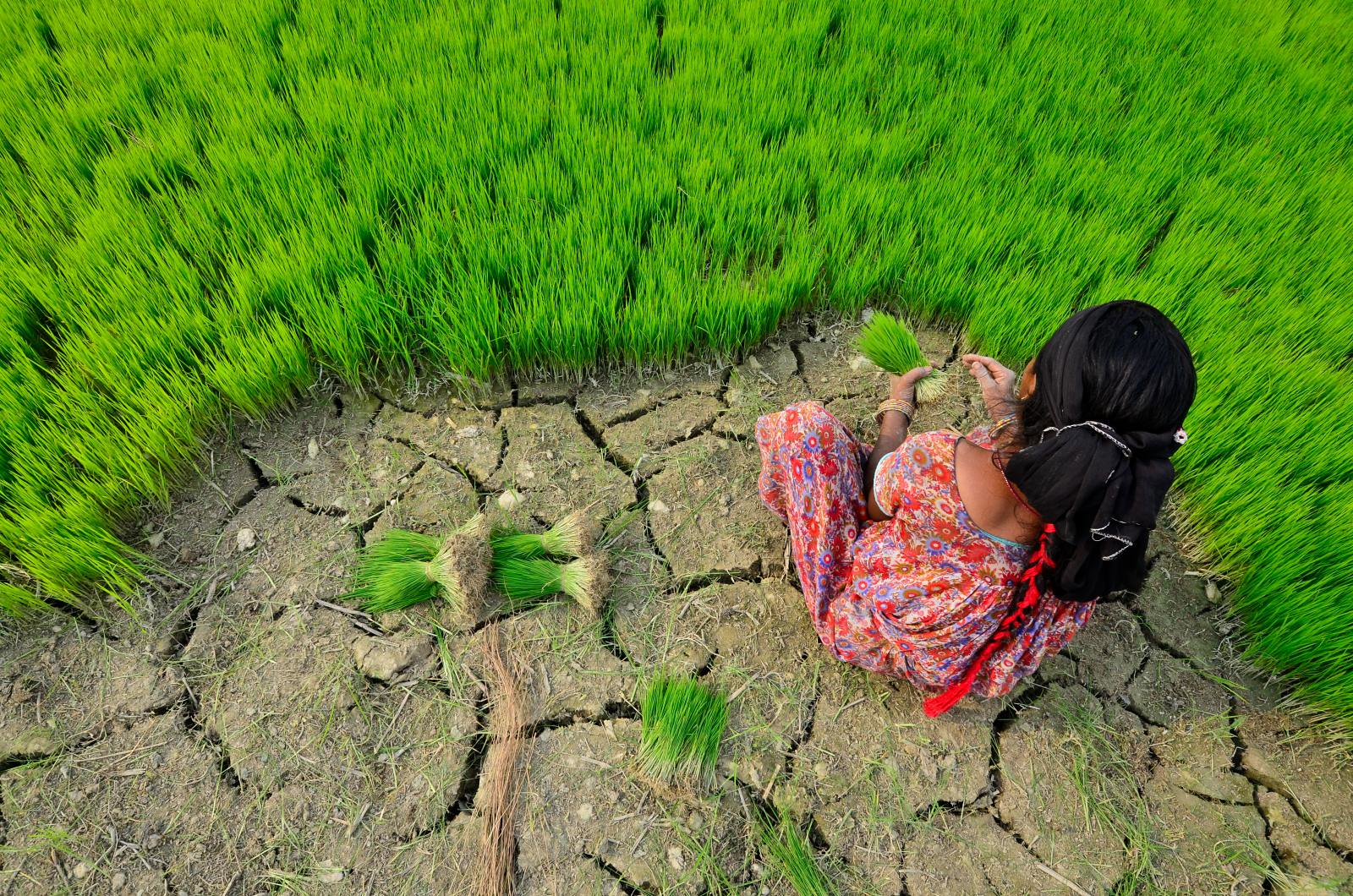
The Ad Hoc Working Group on the Paris Agreement (APA), which is meeting for the first time in Bonn next week, should recommend that countries pledge emission reduction targets of each substance separately as part of their Nationally Determined Contributions (NDCs), instead of combining them into a single CO2 equivalent (CO2e) pledge.
The use of CO2e is a significant barrier to reaching the goal of the Paris Agreement of keeping warming “well below 2C” above pre-industrial levels while also recognising the “intrinsic relationship that climate change actions, responses, and impacts have with equitable access to sustainable development and eradication of poverty”.
Allowing countries to set separate pledges would send a powerful message that countries need not choose between their near-term sustainable development priorities and long-term climate goals; they can and should achieve both.
Bottom lines
In their commitments leading up to the Paris Agreement, countries pledged to address emissions of a diversity of different substances, but then followed a longstanding practice of grouping all emissions together as CO2e, using 100-year global warming potentials, to show their “bottom line” commitment.
Focusing on CO2e sends the message that actions to reduce CO2 and any short-lived emissions are interchangeable, when they are actually complementary. We are not the first to highlight the problem of CO2e; Professor Myles Allen and colleagues argued in a new study that CO2e complicates efforts to reduce peak warming.
CO2e also obscures crucial differences between substances: how they act in the atmosphere, how long they stay there, and what other effects they have beyond warming.
For example, CO2 and methane both cause climatic changes, such as higher maximum temperatures and precipitation changes, that can hinder plant growth. However, high CO2 levels can also enhance plant growth, partly offsetting the damage from climate change.
In contrast, methane acts in the opposite direction by contributing to the formation of tropospheric ozone, which harms plants and reduces crop yields. Reducing tropospheric ozone through methane reductions can actually give a triple benefit, as it is also harmful to human health and has been shown to suppress the ability of terrestrial ecosystems to sequester carbon.
Read more at How to Better Align Climate Goals with Sustainable Development
No comments:
Post a Comment